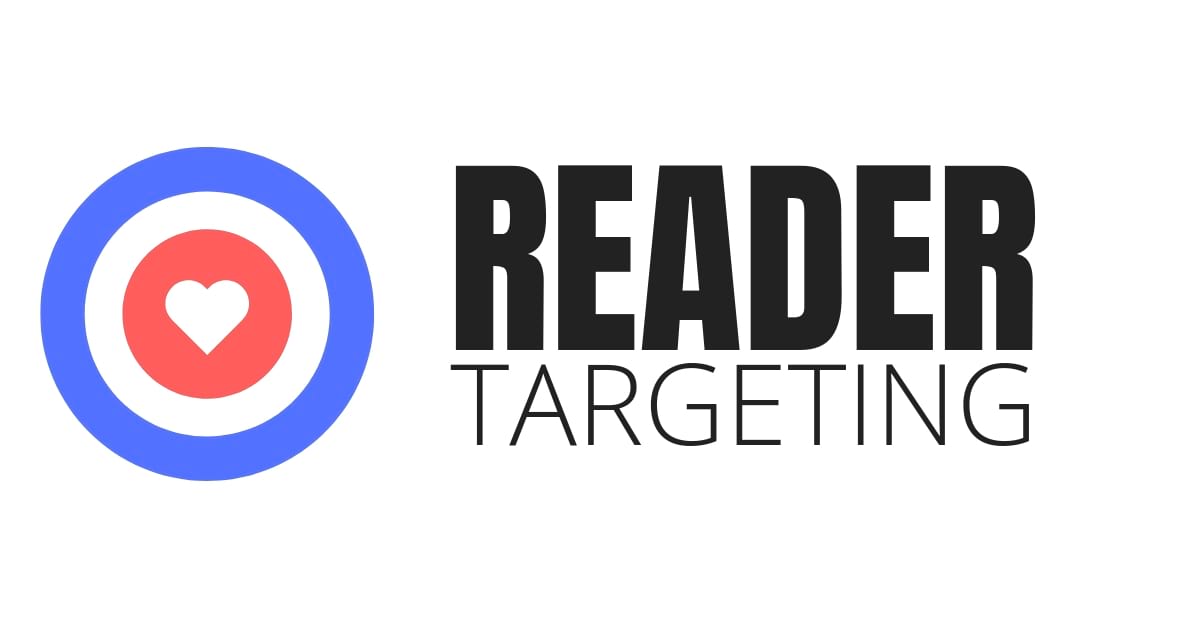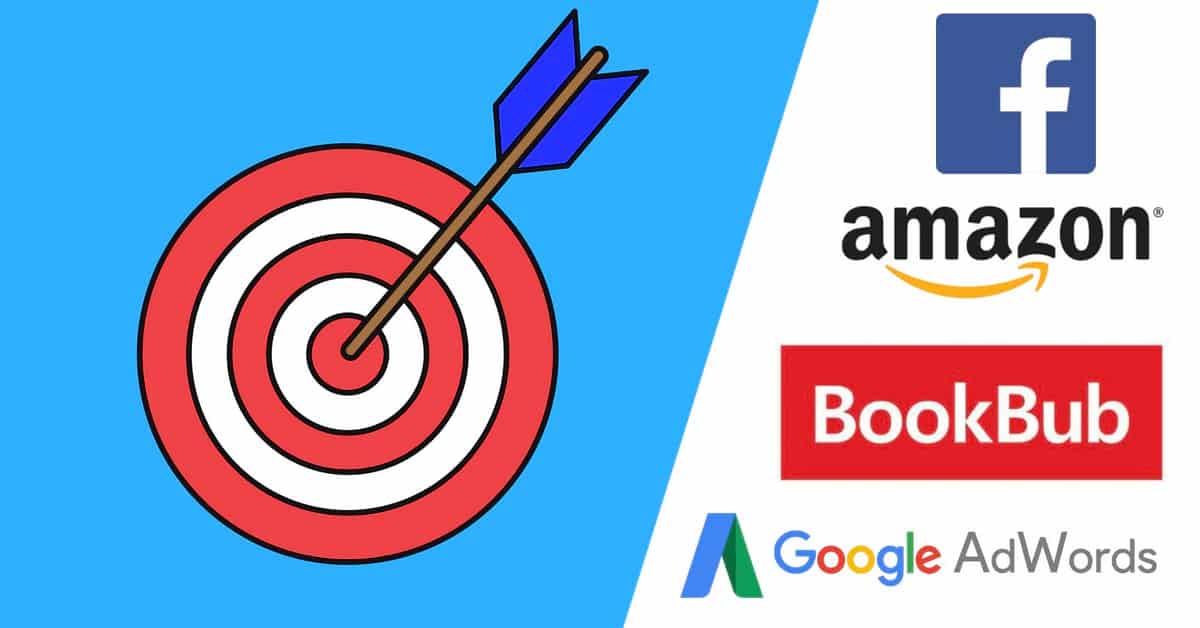
Going Viral: A User’s Guide
What truly makes something go viral? It’s hard to say.
Sure, afterwards, we can all point to something — with the crystal clear vision bestowed by hindsight — and list off elements which contributed to the explosion: it had a cute dog bouncing on a trampoline or just the right amount of indignation, it was funny and there was a well chosen emoji, it was topical or it tapped into some lingering but unspoken resentment about a hot button issue… that list could go on forever.
Trying to assemble a Franken-thing that ticks all those boxes will quickly show you that this retrospective diagnosis is missing something — the X-factor that makes one thing go viral and another thing, which was very like it (or even “superior” in many ways), do the exact opposite. Read More…

Reader Targeting Influences Everything
Reader Targeting is yet another concept we have to juggle. It’s no wonder many writers take to the drink, or otherwise lose the run of themselves. Or can be a little… kooky. We have to wrestle with a number of contradictory notions all the time — it’s enough to make anyone batty.
The most obvious is with the writing itself: we need at least some level of ego to push something out into the world and ask money for it. But we also must have the requisite critical faculties to see what’s wrong with it and to motivate ourselves to fix it, and to otherwise work on our craft until the things we make are as good as we need them to be.
(As a famous editor once put it — Nan Talese maybe? — those first few years, when our taste is much more developed than our skills, are tough.)
The experienced author isn’t done with these trying dichotomies though; one in particular that we all continue to struggle with is between our artistic natures, and our commercial sensibilities. It’s not so much about what to write or how to write it — most pros can navigate that part. The battlegrounds are elsewhere, things like cover design, series titles, descriptions, branding.
And one more surprising, perhaps: reader targeting. Read More…

Granular Targeting Explained
I’m pretty experienced with digital advertising at this point but when I got my interview for Google AdWords back in 2003 I had to… Google it to figure out what they did. And I still got it wrong!
I was quite lucky that I first interviewed with Overture (the former name of the digital advertising division of Google’s one-time rival, Yahoo) because I had absolutely no idea how these kind of ad platforms worked, let alone best practices. But I learned fast—Google’s training was excellent.
One thing that was drilled into us constantly was the importance of granular targeting. It might be a little more obvious in 2018, but back then the only really familiar advertising model was the broadcast one. Put your message in giant letters on the billboard. Flood the airwaves with ad spots. Take out full page ads in newspapers and magazines (for the kids: these are paper versions of websites that used to be popular). The basic strategy was a simple, brute force one; if the signal is strong enough, the right people will hear it. Read More…
^